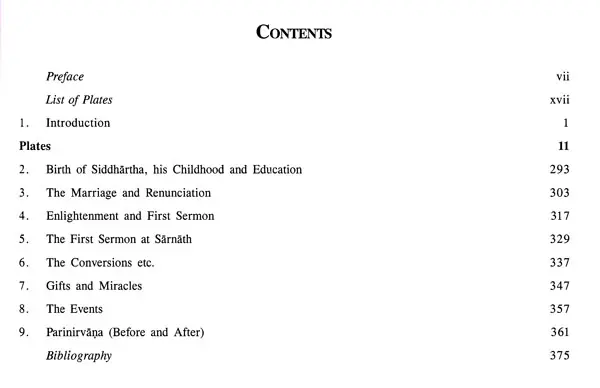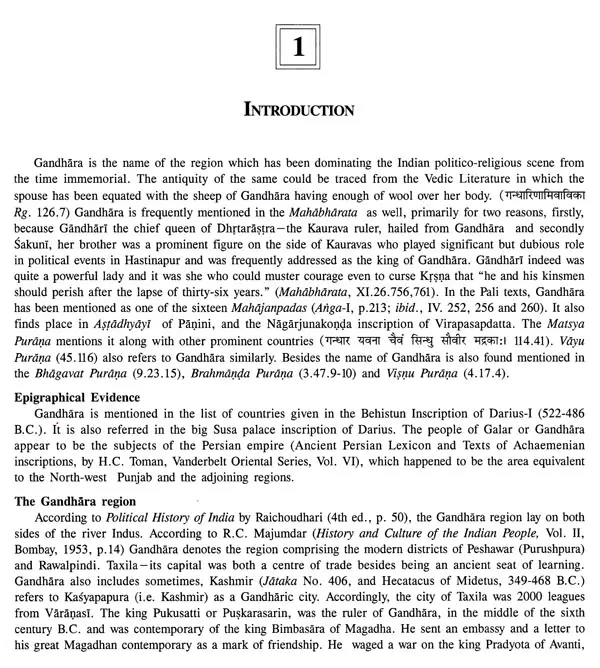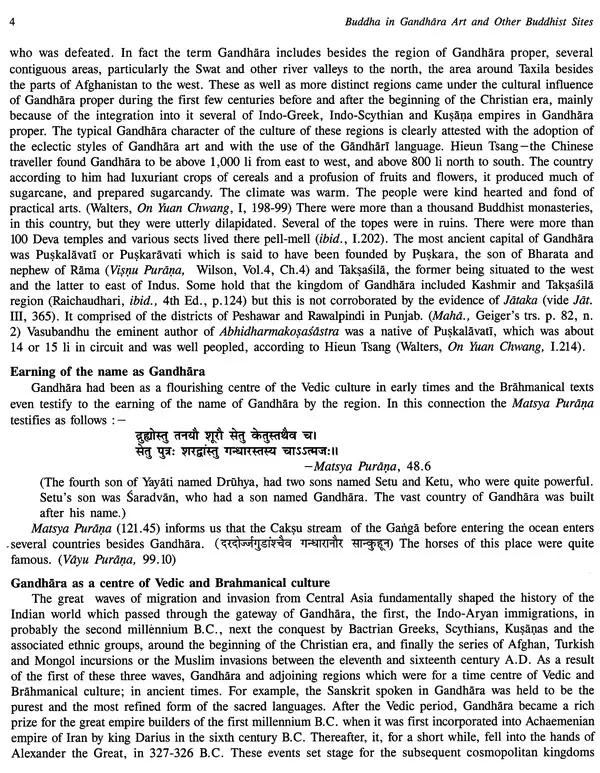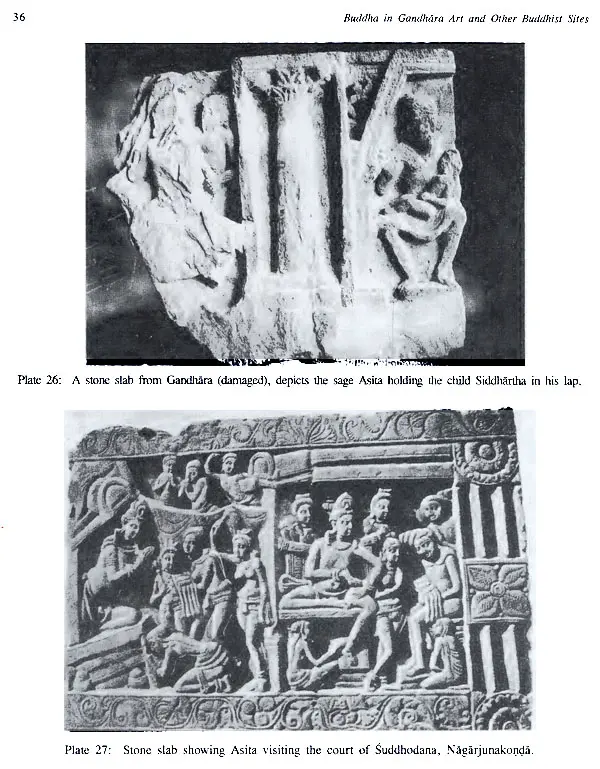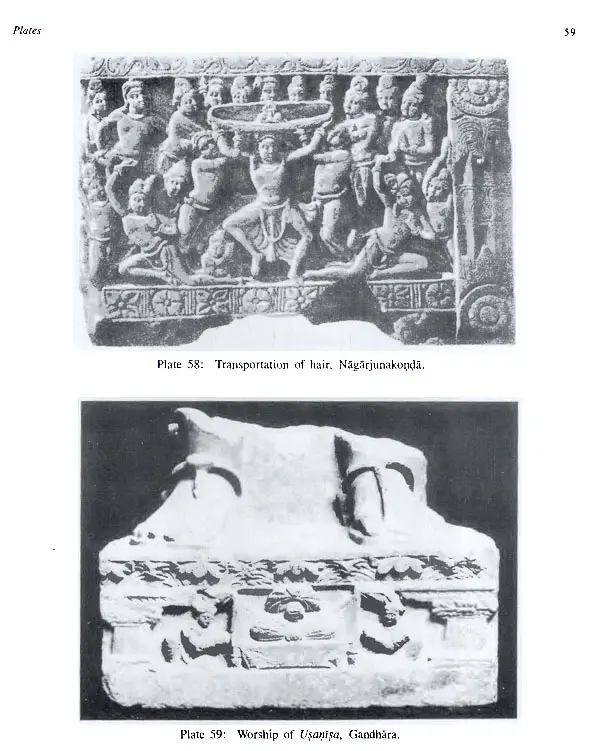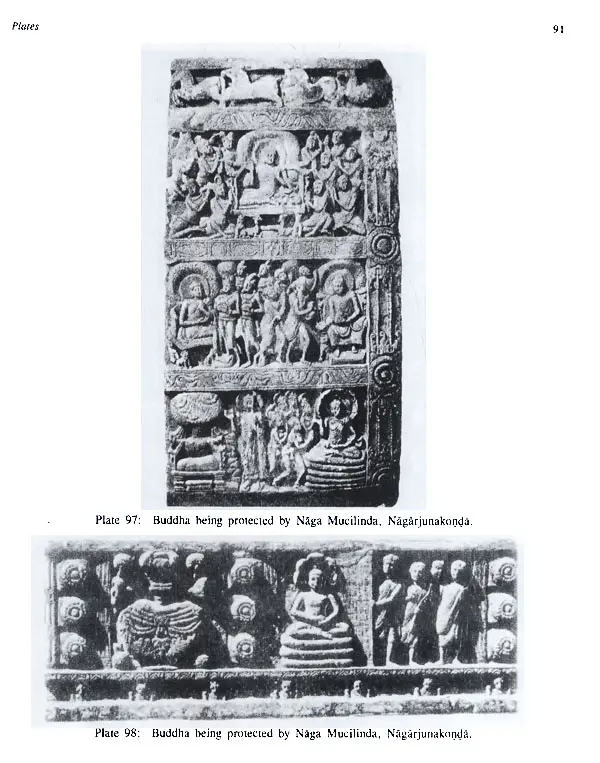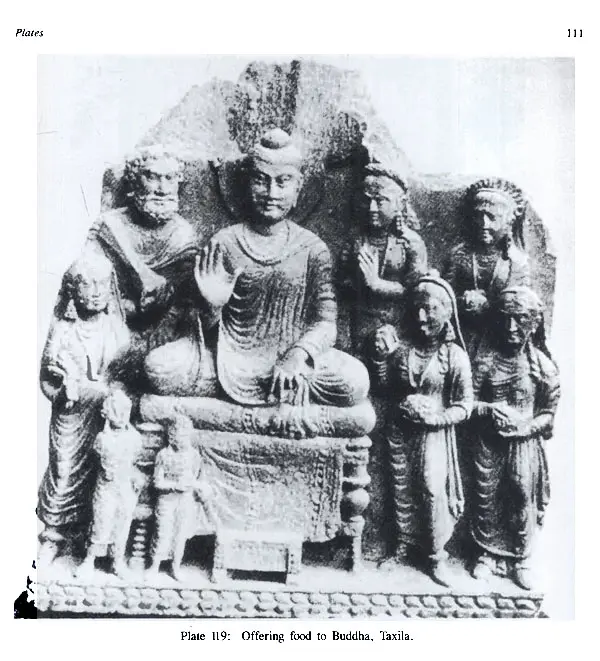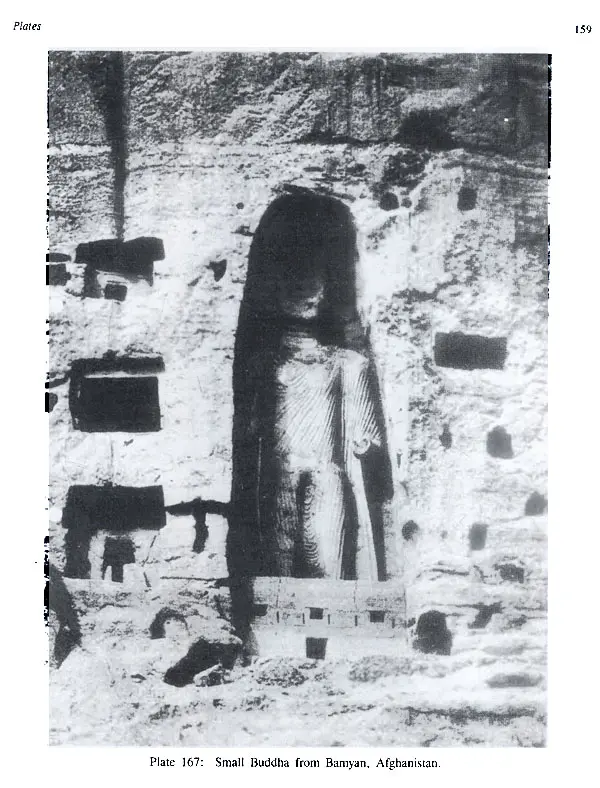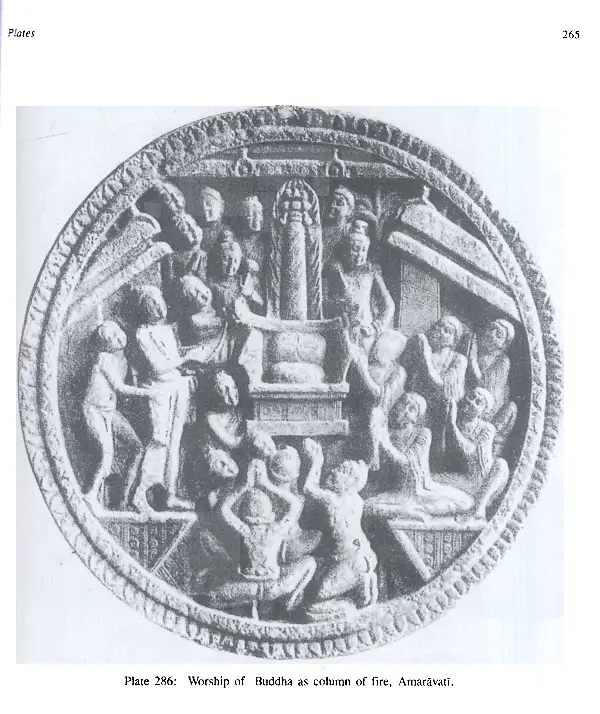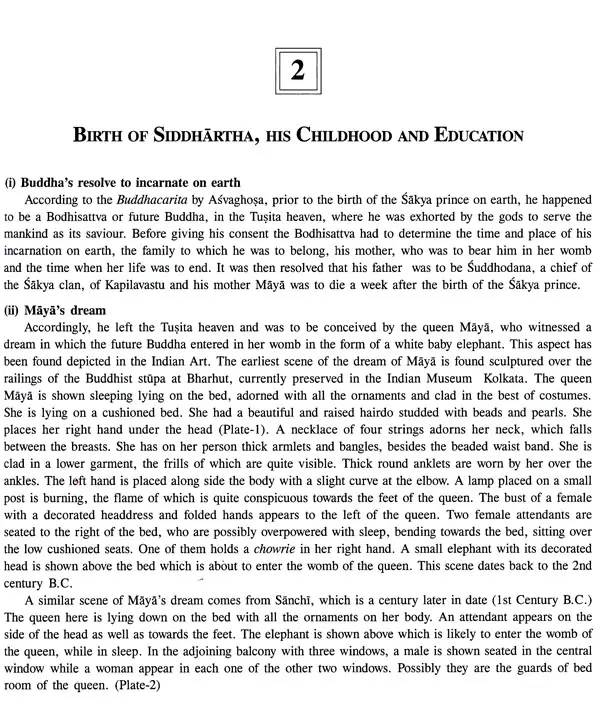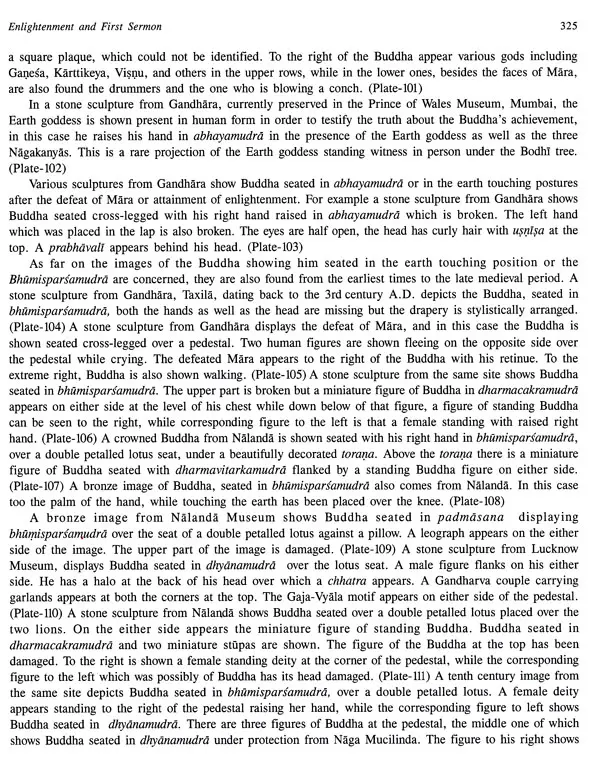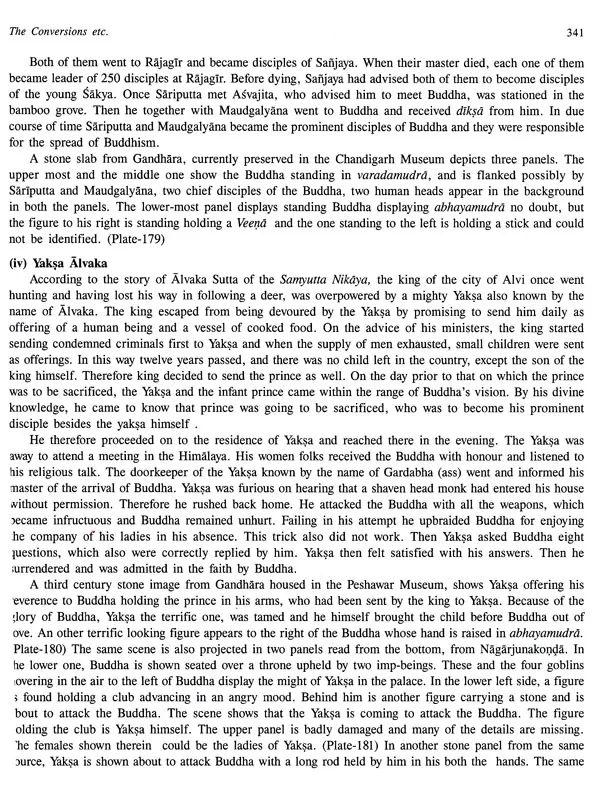
Buddha in Gandhara Art and Other Buddhist Sites
Book Specification
| Item Code: | UAR326 |
| Author: | Shanti lal nagar |
| Publisher: | Buddhist World Press |
| Language: | English |
| Edition: | 2022 |
| ISBN: | 9788190821216 |
| Pages: | 410 |
| Cover: | HARDCOVER |
| Other Details | 11.00 X 9.00 inch |
| Weight | 1.49 kg |
Book Description
The Gandhara region includes parts of North-West frontier province, Punjab, Afghanistan and Swat Valley of Pakistan. The Buddha, however, started appearing in human form in Gandhara Art, which starts from the 2nd-3rd century A.D. Onwards. The Projection of Buddha here at Gandhara, in human form, is so wide spread, as if it had been started with a vengeance. In early Buddhist sites on Bharhut, Sanchi, Mathura, Amaravati and Nagarjunakonda, the Buddhist Art was executed in the hard stone. But in Gandhara the religious art was not restricted to the stone sculptures alone but its excellence was projected in terracotta and stucco at Taxile, the Cave at Bamiyan, in Afghanistan and other sites, where two standing images of the Buddha were found, one of which is the tallest in the world with a height of 177 feet.
The life scenes of Buddha right from the dream of the queen Maya to his parinirvana started appearing in the Buddhist art from Bharhut onwards, and Gandhara started doing so by about the 2nd 3rd century A.D. In the present work an attempt has been made to portray as my life scenes of Buddha as possible from Gandhara and while so doing the evidence of some other ancient Buddhist sites, like Bharhut, Sanchi, Amaravati, Nagarjunakonda, Mathura etc, has also been included with the twin purpose of (1) comparative study and to supply the missing links with the related illustrating, some of which are of rare type.
The Buddhist texts also refer to the past Buddhas and a brief description of the same has been Included with the related illustrations. Another salient feature in the Gandhara art has been the designing of the Buddha's headress, in which the artist did not restrict its projection to the traditional style of curly hair, but various styles were introduced in hair style in making of the images, a few specimens of which have been included in this work. Initially only the symbolic worship of Buddha was in vogue but in due course of time several modes of worship like the worship of the footprints of the Buddha, his hair, headdress, the begging bowl, the stupa, the relic caskets etc, were also introduced in the Buddhist pantheon. This aspect also finds place in this work. Taking into consideration various aspects of the Buddha's life as projected in stone, bronze, terracotta and stucco, as found in Gandhara, the work is likely to interest the readers.
**Contents and Sample Pages**

